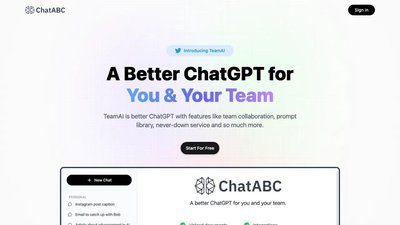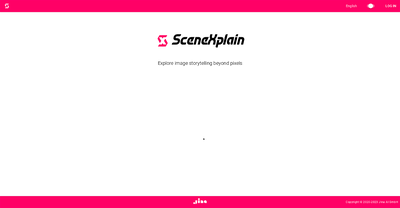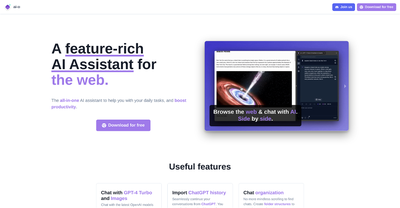LLM-Friendly Embed Codes

What is LLM-Friendly Embed Codes https://www.w3.org?
LLM-Friendly Embed Codes are a proposed standard for making website content more accessible to large language models (LLMs). These codes help convert complex web pages into simple, easy-to-read formats that LLMs can quickly understand and process. This is especially useful for websites with a lot of information, such as software documentation, business structures, or educational resources.
Benefits
LLM-Friendly Embed Codes offer several key advantages:
- Simplified Content: Converts complex HTML pages into plain text, making it easier for LLMs to process.
- Quick Access: Provides a concise, expert-level summary of website content, ideal for development environments and other use cases where quick access to information is crucial.
- Versatility: Useful for a wide range of applications, from software documentation to business structures, personal websites, e-commerce, and educational resources.
- Standardized Format: Uses Markdown, a widely understood format, to structure information in a way that is both human and LLM-readable.
- Complementary to Existing Standards: Coexists with current web standards like sitemaps and robots.txt, providing a curated overview for LLMs.
Use Cases
LLM-Friendly Embed Codes can be used in various scenarios:
- Development Environments: Helps LLMs quickly access programming documentation and APIs.
- Business Structures: Provides a clear outline of a company's structure and operations.
- Personal Websites: Assists in answering questions about a person's CV or professional background.
- E-commerce: Explains products and policies in a straightforward manner.
- Education: Offers quick access to course information and resources for schools and universities.
- Legislation: Breaks down complex legal documents for stakeholders.
Format
The LLM-Friendly Embed Codes specification includes a/llms.txtmarkdown file located in the root path of a website. This file contains several sections:
- An H1 with the name of the project or site (required).
- A blockquote with a short summary of the project.
- Detailed information about the project and how to interpret the provided files.
- File lists of URLs where further detail is available, delimited by H2 headers.
Each file list is a markdown list containing a required markdown hyperlink and optional notes about the file. The optional section can be skipped if a shorter context is needed.
Example
Here is a mock example of anllms.txtfile:
# Title> Optional description goes here## Section name- [Link title](https://link_url): Optional link details## Optional- [Link title](https://link_url)Existing Standards
LLM-Friendly Embed Codes are designed to complement existing web standards:
- Sitemaps: List all pages for search engines, while
llms.txtoffers a curated overview for LLMs. - Robots.txt: Lets automated tools know what access to a site is acceptable, while
llms.txtprovides context for allowed content. - Structured Data Markup: Helps LLMs understand how to interpret this information in context.
Directories and Integrations
Several directories list thellms.txtfiles available on the web, and various tools and plugins are available to help integrate thellms.txtspecification into your workflow.
Next Steps
Thellms.txtspecification is open for community input, encouraging collaboration and improvement from developers and users alike.
This content is either user submitted or generated using AI technology (including, but not limited to, Google Gemini API, Llama, Grok, and Mistral), based on automated research and analysis of public data sources from search engines like DuckDuckGo, Google Search, and SearXNG, and directly from the tool's own website and with minimal to no human editing/review. THEJO AI is not affiliated with or endorsed by the AI tools or services mentioned. This is provided for informational and reference purposes only, is not an endorsement or official advice, and may contain inaccuracies or biases. Please verify details with original sources.






Comments
Please log in to post a comment.